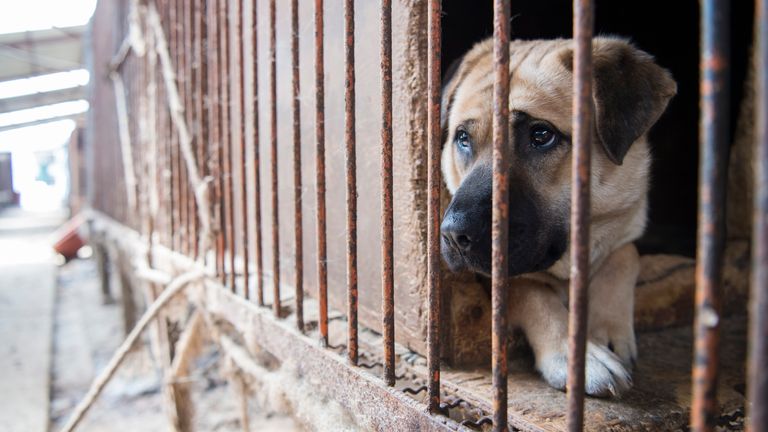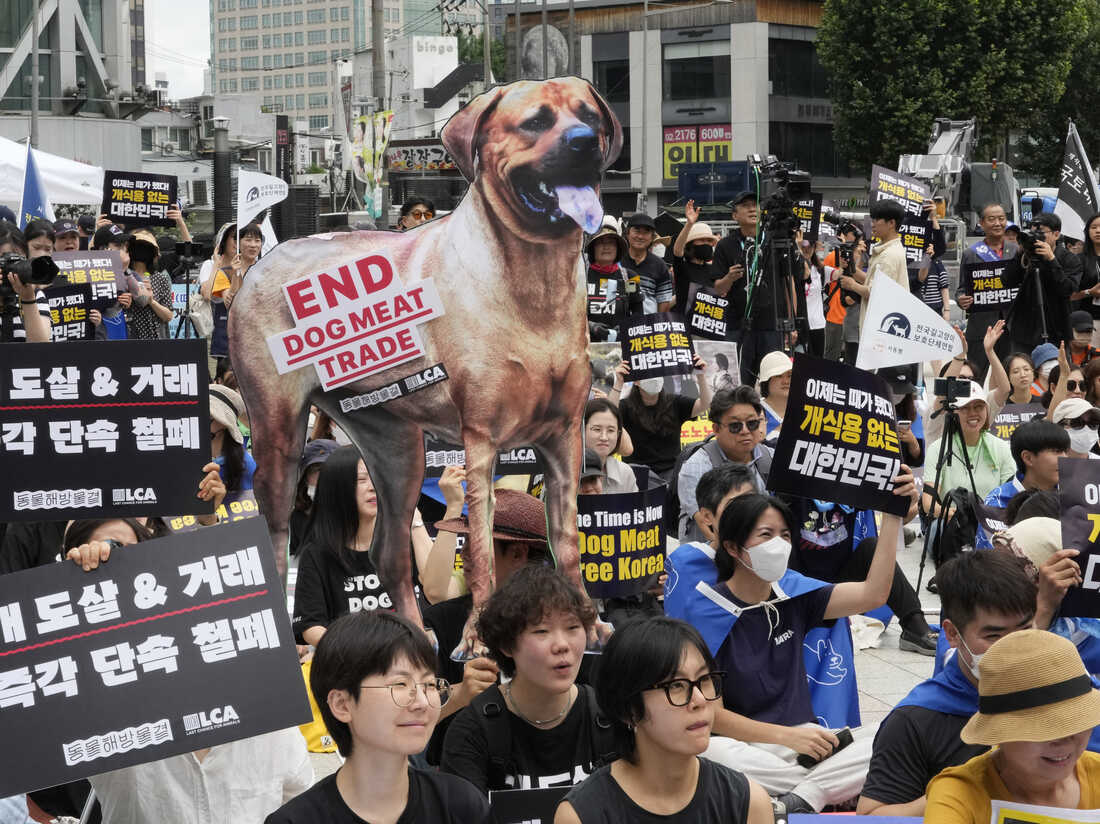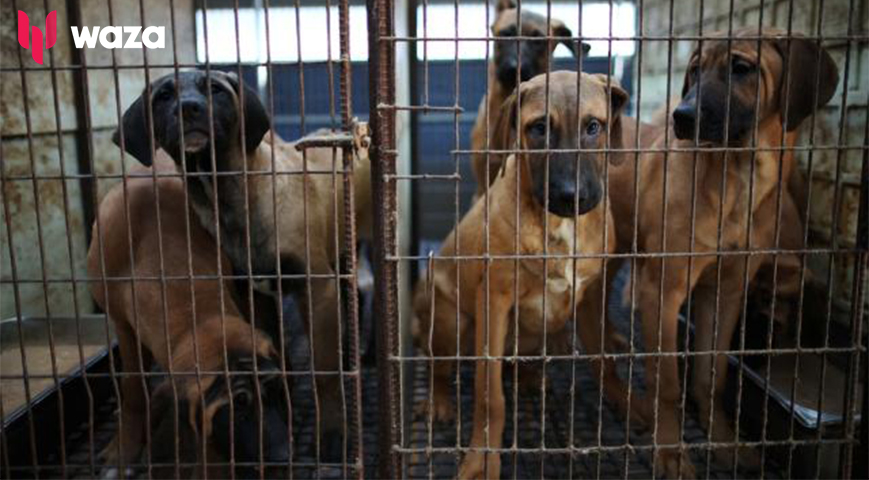The custom of consuming dog meat and the trade in it, which activists have long referred to as a national disgrace, is set to be banned by the South Korean parliament on Tuesday.
Although dog meat has long been a staple of South Korean cuisine, and up to a million dogs were reportedly killed annually for the trade, consumption has recently dropped precipitously as more and more Koreans choose to have pets.
Younger, urban South Koreans now consider eating dog meat to be somewhat taboo, and animal rights activists are putting increasing pressure on the government to make the practice illegal.
Under President Yoon Suk Yeol, an animal lover who has adopted multiple stray dogs and cats with First Lady Kim Keon Hee, a vocal opponent of dog meat consumption—official support for a ban has grown.

Did you read this?
Breeding, selling, and butchering dogs for their meat would carry a maximum sentence of three years in prison and fines of thirty million won ($23,000) if approved.
There will be a three-year grace period before the legislation becomes operative.
Nine out of ten South Koreans stated in a new survey released Monday by the Seoul-based think tank Animal Welfare Awareness, Research, and Education that they would never again eat dog meat.
Farmers who raise dogs for human consumption have fiercely opposed previous attempts to outlaw dog meat. The bill's purpose is to compensate companies so they can exit the market.
Government statistics indicate that each year, about 1,100 dog farms produce hundreds of thousands of dogs served in restaurants nationwide.

In South Korea, dog meat is typically consumed as a summertime delicacy. The oily red meat, always boiled to make it tender, gives you more energy to withstand the heat.
The nation's current animal protection legislation does not outlaw consumption; instead, its primary goal is to stop the brutal killing of dogs and cats.
However, before international events like the 2018 Pyeongchang Olympics, authorities have clamped down on dog farms and restaurants by citing the law and other hygiene regulations.









